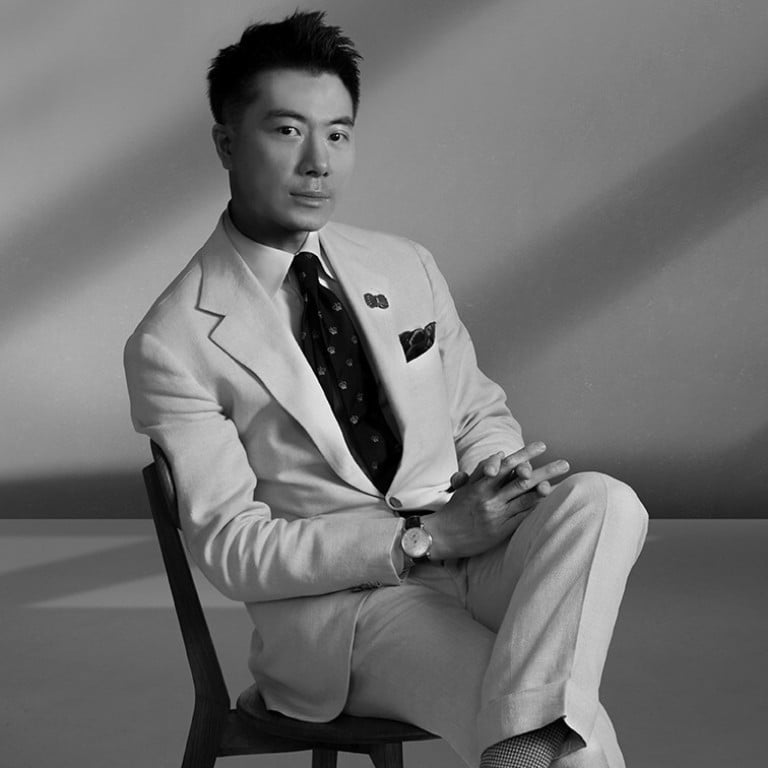Q&a / Yes, local Hong Kong fashion brands can be luxurious: Bertrand Mak on founding Sauvereign after designing for British shoe label Rupert Sanderson

- The man behind Rupert Sanderson’s hand-gilded gold leaf motif eventually left to establish Sauvereign, where artisans craft dazzling shoes and bags
- Many consumers still associate luxury with Europe, Mak says, but although Sauvereign’s products are made in Italy and France, its technique is all Hong Kong
The latest instalment in our On Work series with luxury CEOs. This month: Bertrand Mak, founder of Sauvereign
In an exclusive, STYLE speaks to Bertrand Mak, the man who introduced hand-gilded heels to Rupert Sanderson, before going it alone with a pioneering Hong Kong luxury brand.
Tell us about your time with English shoe brand Rupert Sanderson.

What drove you to finally start Sauvereign?
I discovered this gilding technique, which was a light bulb moment for me because I felt that with a luxury brand – or with any brand – there has to be a signature. And the brand didn’t stand for anything. It could be any brand, because it had no signature. And that was the turning point, in 2012.
I formed a partnership with Rupert Sanderson by creating a sort of diffusion line, but we were actually the main line, because we had all these bricks-and-mortar stores in the prime locations in Hong Kong, Taiwan, Beijing and Shanghai.
So as time went by, I gained more competence and our business began to grow. And I began to feel very uneasy about the partnership because I didn’t own it, even though I helped to create the collection and also the name. I then wanted the autonomy to come up with my own design and to own the business fully.
